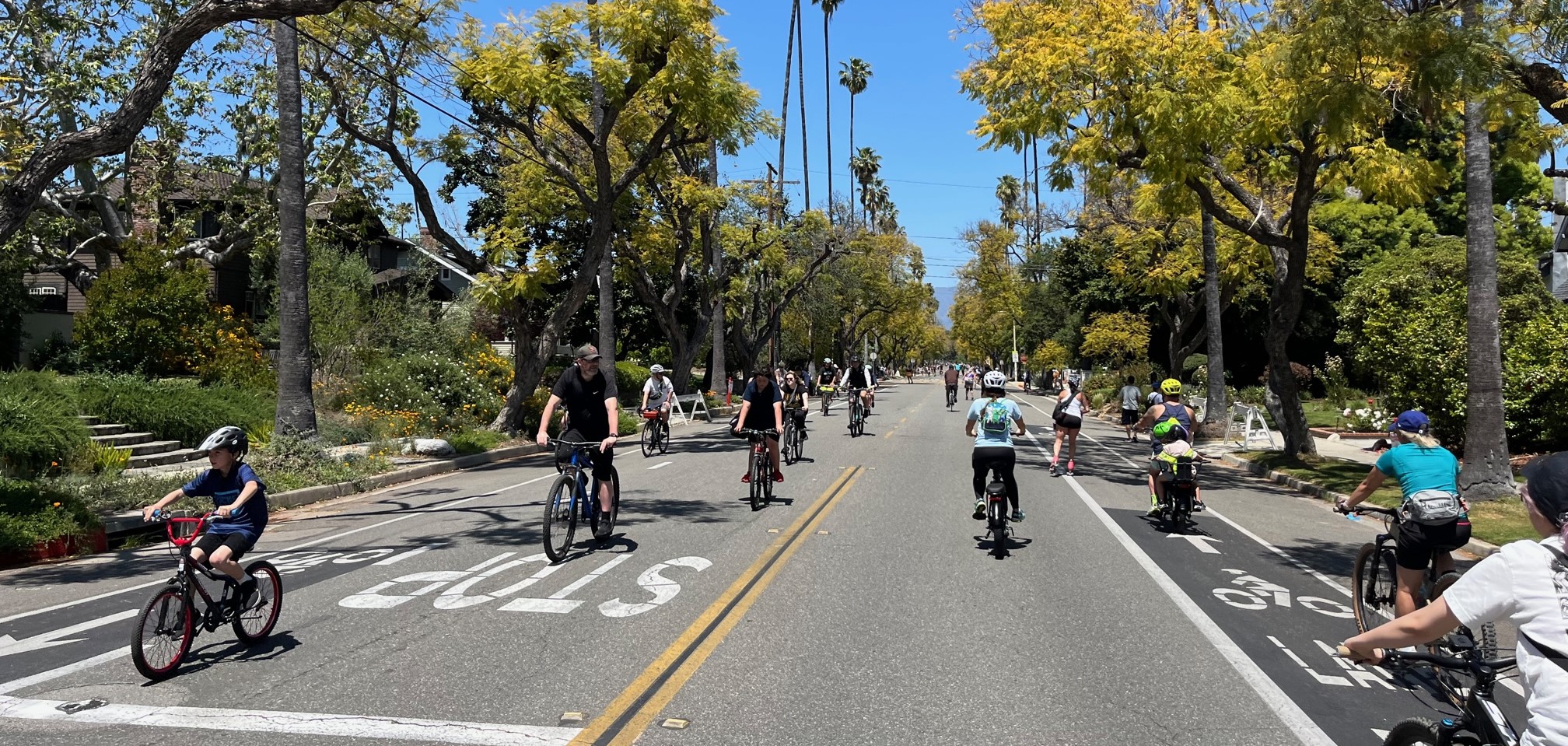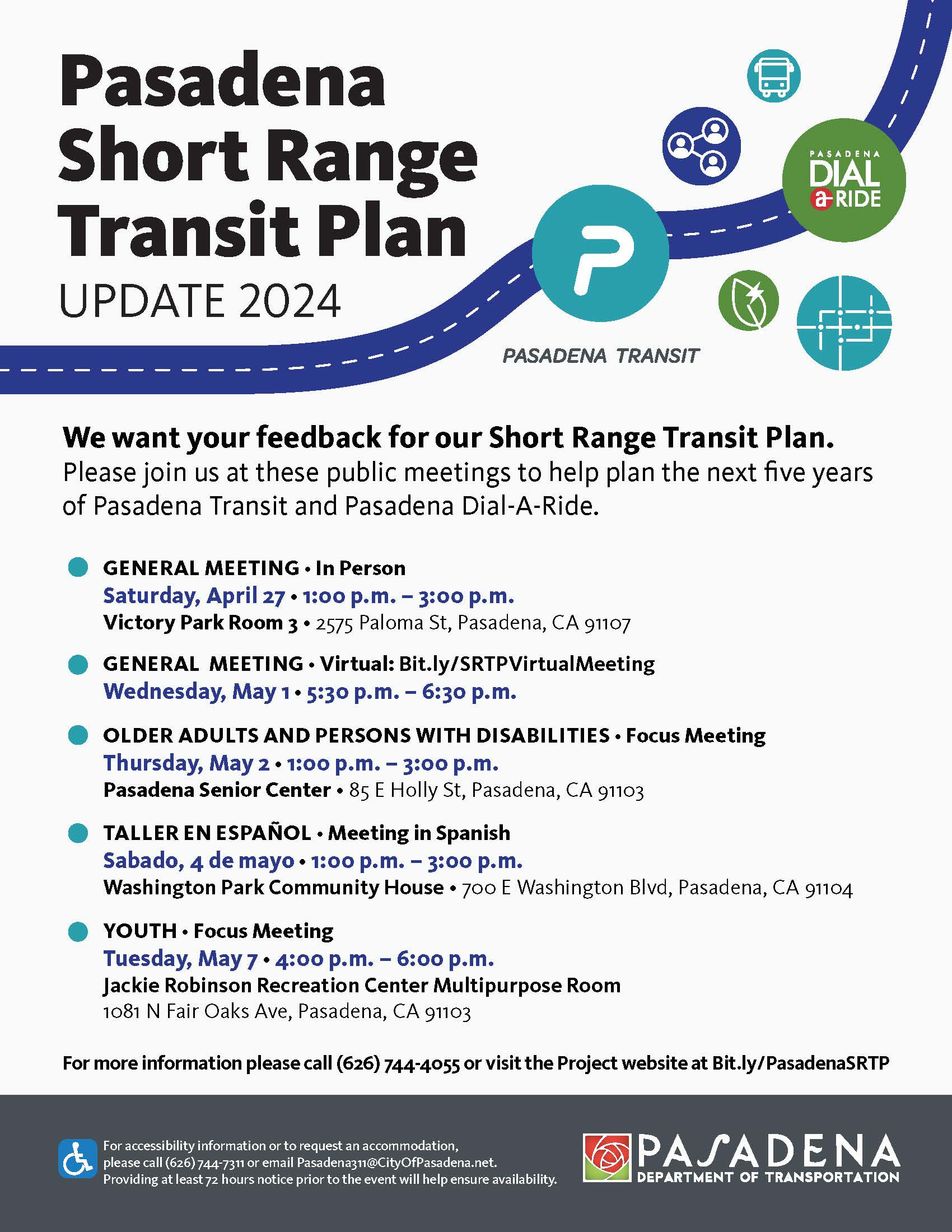For Metrolink It’s a 6% Fare Hike vs. Major Service Cuts
10:46 AM PST on December 4, 2009
 This was one of four cars on an Orange County Line run leaving Los
This was one of four cars on an Orange County Line run leaving LosAngeles Union Station to Orange County and Oceanside. It gets busier in
Orange County. Photo and description: LA Wad/Flickr
Two weeks ago, I celebrated that the Metrolink Board agreed to "look into other options" rather than raise fares by 6%.
Maybe I was premature.
Earlier this week, Metrolink announced a series of proposed service cuts that would eliminate service on some weekend lines and curtail service on lines across the board. The cuts would replace the fare hike, but for many activists the cuts go way too far. You can read Metrolink's official announcement of the proposed cuts here. The Metrolink Board will vote on their budget, including either fare hikes, or service cuts, or both, on December 11. If you're interested in this story, be sure to read on until the end as some of the information provided by Transit Coalition volunteers is must-read material.
Bart Reed, executive director of the Transit Coalition, complains that while the lines that are on the chopping block may be some of the least used lines, they provide start or end of trip connections. In other words, eliminating or reducing these services will reduce ridership across the service.
If you drill down into the numbers, you will find that the weak trips that are on the chopping block still carry between 80 to 125 riders. Many of those riders are completing a final leg of their trips. While at Union Station today, I actually saw a number of riders get off the Orange County and San Bernardino trains and transfer to the Moorpark bound Metrolink. Many got off in either Burbank or Glendale. If the trip segments are cut, Metrolink becomes worthless for many more riders, as their trip corridor can only be completed by auto.
Ryan Stern, a volunteer board member for the National Association of Rail Passengers, notes that many of the large trip generators served by Metrolink would see a sharp decline in service, to the point of neutering the service at certain times:
If all the cuts go through as proposed, Northridge Station (whichservices Cal-State University Northridge as well as the largeNorthridge Medical Center) would see a total of TWO morning trains fromLos Angeles (one of which would be the dual-personality Amtrak #799)and only ONE inbound afternoon/evening train.
Burbank Airport would see its service cut almost in HALF. DowntownBurbank (which is utilized by employees at Disney, Warner Brothers, andNBC Studios, among others) would see a reduction of 10 trains-- mostlymorning trains originating in Los Angeles and afternoon/evening trainsheading "inbound" toward Union Station.
It has been my observation that many passengers who ride "outbound" inthe morning actually begin their trips heading "inbound" from points onother lines. I often wonder if Metrolink fully comprehends how UnionStation has become a way-point for a substantial number of theirpassengers. Even though it may be preferable to dismiss the morningoutbound frequencies as "re-positioning" moves, these short "reversetrips" are vital to those who connect at Union, enabling thesepassengers connect to "long" trips elsewhere in the system.
While the Southern California Transit Advocates are still working on a formal position, it's a bit of a tight deadline to have cuts announced one week and a vote occurring the next, but they seem to be leaning towards a position supporting a mix of the cuts and hikes to balance the budget. They note that a 6% across the board increase would effect all riders, while targeted cuts would effect a much smaller minority. While there are some cuts that are more troubling than others, the SoCATA Board Members I spoke with are concerned on the impact that a second fare hike in the last year would have on riders while noting that ridership has dropped by nearly 20% on some of the routes expecting cuts. Dana Gabbard writes:
I guess in this circumstance I would think some service cuts (maybe notall they outline here) are called for. Some of these runs are runningnearly empty, from what I hear. Well intentioned as it is to providereverse commute service, etc., in an era of limited resources I thinkpriority has to be serving established demand.
Furthering the argument that just increasing the fares is the way to go is work done by economist Zach Gutierrez. Gutierrez does the bulk of the writing for the Transit Coalition's weekly newsletter, for which I also write:
As of 2005 the median household income of a Metrolink rider was $72,232. 84.5% own a car. The majority of riders are not transit dependent and can probably afford to pay a little more, especially when you consider that even in the middle of winter gas prices continue to hover just below $3 per gallon, still 75 cents higher than a year prior. Who knows what will happen to gas prices next summer? Should a recovering economy or instability in the Middle East cause gas prices to hit $4 or $5 per gallon, Southern California commuters will be glad no service cuts were made. It is in the public's interest to retain service for this very probable scenario.
Economic recovery is slowly but surely happening. The DOW hit a 14-month high on Tuesday, December 1st. The unemployment rate, which is currently ravaging Metrolink's ridership counts, lags behind recovery according to most economists. Rehiring by recovering companies cannot be far away, which means a future increase in riders taking Metrolink, providing the service is still there.
While the debate will probably end up being between a fare hike and the service cuts, Transit Coalition member Nicholas Ventrone has a other ways for Metrolink to save some money.
One idea is changing the weekend train departure times without shortening the service span. Since weekend traffic on this freeway is very heavy in both directions on weekends, SCRRA should conduct a demand analysis study of the line for weekend and holiday travel between LA/Orange Counties and the Inland Empire followed by the service modifcation (using the current resources in addition to possible public/private partnership funding). This would stimulate ridership and better farebox recovery revenue without having to resort to cuts or fare hikes. SCRRA should also explore the feasibility of other weekend fare products such as single and family weekend passes lasting from Friday afternoon through Sunday and other family fare products to stimulate ridership and make rail travel more competitive. SCRRA should also consider adding a "transfer to transit" fare option for the existing Friends & Family 4-Pack, allowing families to transfer to Metro Rail, the SPRINTER, and other connecting transit. This should also further stimulate ridership.
As I mentioned above, the Metrolink Board will vote on how they're going to balance their budget at next week's Board Meeting. Streetsblog will let you know the outcome as the news breaks.
Stay in touch
Sign up for our free newsletter
More from Streetsblog Los Angeles
This Week In Livable Streets
Bike Month, Hyperion street safety, Eastside rail plans, Pasadena transit, CicloIRVINE, Culver City bus service, and more
Active Streets Mission-to-Mission – Open Thread
Tens of thousands of participants biked, walked, skated and scootered on car-free streets through San Gabriel, South Pasadena and Alhambra
Metro Board Funds Free Student Transit Pass Program through July 2025
Metro student free passes funded another year - plus other updates from today's Metro board meeting




